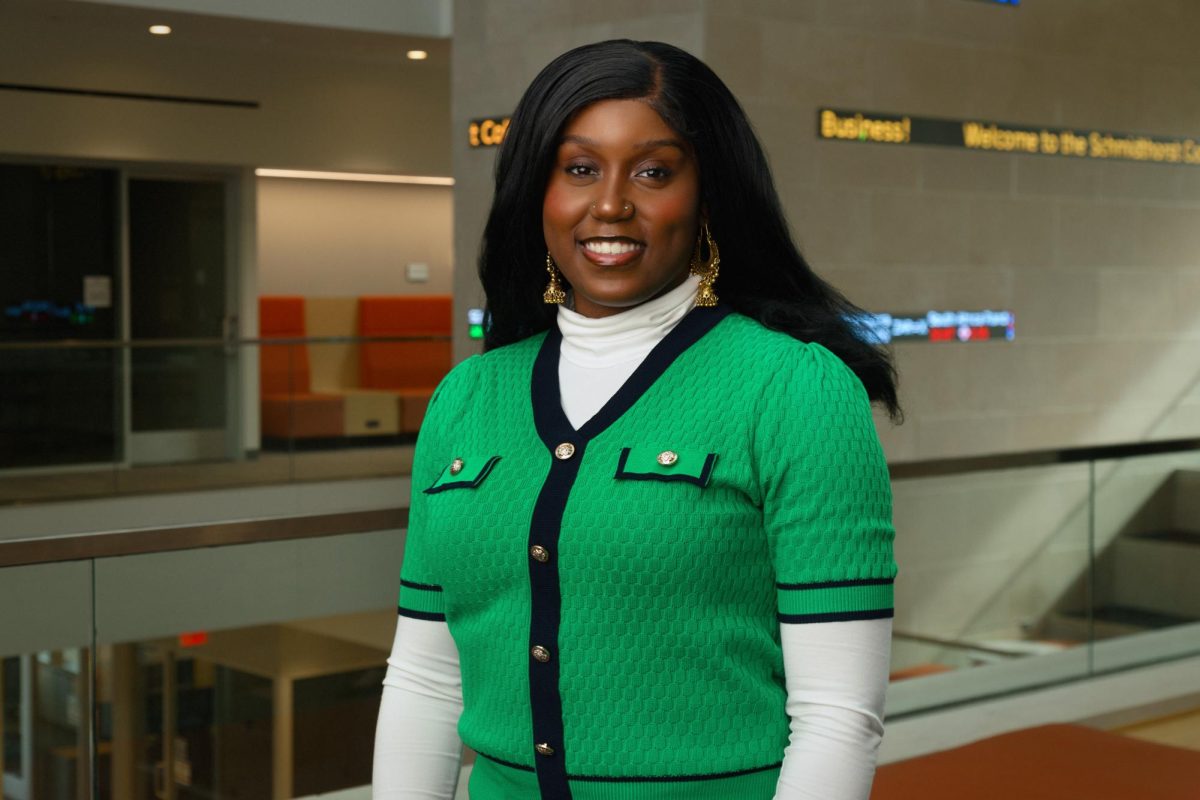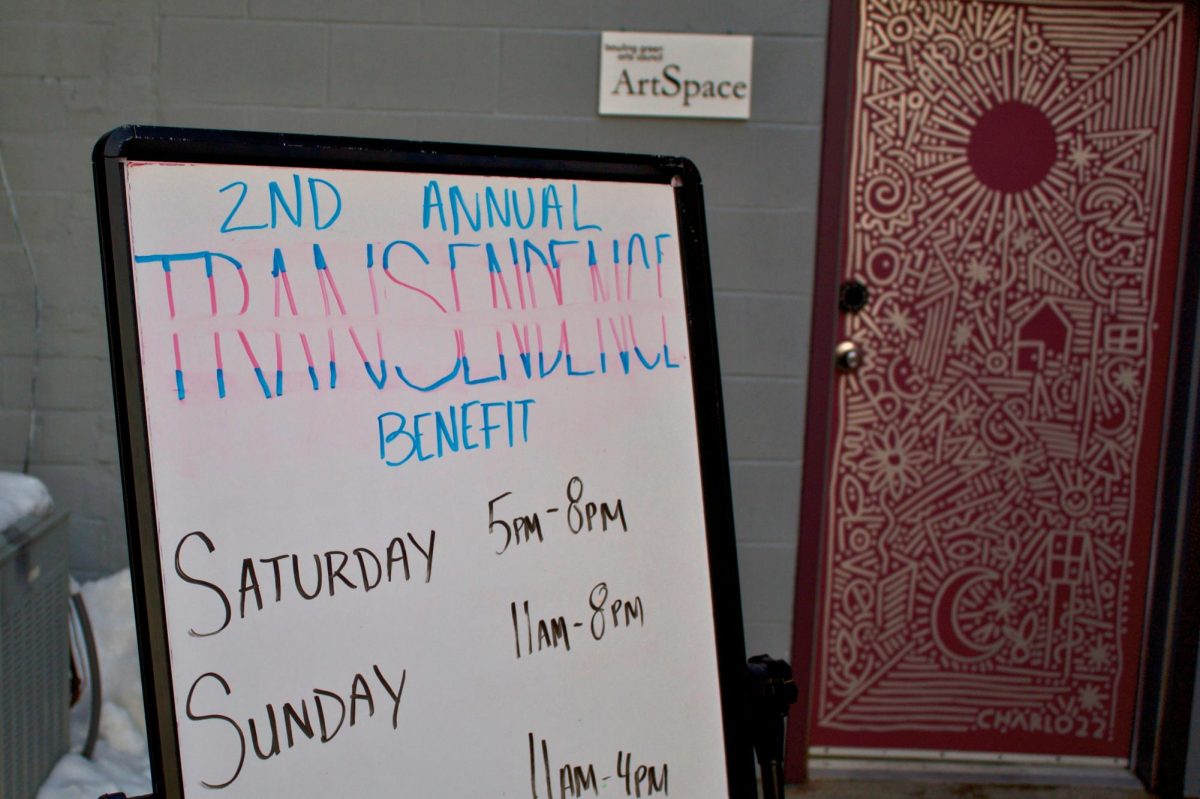National suicide rates continue to rise in the United States despite new suicide prevention plans within recent decades, according to a September 2024 CBS News article. Within growing national rates, Bowling Green State University (BGSU) continues to provide intensive care opportunities to those struggling to prevent suicides among their students.
United States suicide rates of all methods have been on a steady incline within younger groups since 1999, according to a March 2024 USN article. In 2021, it was found that 70% of college students were found to have “moderate to severe psychological stress” and 60% of students experienced one or more mental health challenges, according to an August 2023 study from the APA.
The BGSU administration has taken a serious stance on the health and wellness of its students.
“At BGSU, we have the division of community well-being. That division includes many offices that really focus on a broad range of well-being topics. I’m specifically within the Office of Health and Wellness, but our division also includes Accessibility Services, the Counseling Center, our relationship with Falcon Health, Dean of Students… so there are lot of different pieces, and we all work together on well-being initiatives,” said Ashley Hartman, a mental health educator at BGSU’s Office of Health and Wellness.
With an entire division of qualified and educated mental-health professionals, BGSU has created a team of individuals dedicated to the awareness of mental health issues in college and prevention of suicide on BGSU’s campus.
“Many of our offices touch on the mental well-being pillar. The Counseling Center is the entity that provides clinical mental health services, so most of their staff are licensed mental health professionals. An office such as ours, we focus more on promoting mental well-being within the BGSU community, we offer training such as mental health first-aid, which is an internationally recognized certification that trains people how to recognize and respond to mental health problems and crises,” Hartman said.
She explained just a few of the various opportunities on BGSU’s campus that provide clinical help from qualified professionals along with opportunities for someone wanting to become more educated on how to handle mental health crises if they arise.
“Folks often feel unequipped to respond to a mental health crisis, so it’s important that we have resources such as a Counseling Center or a Crisis Response team but there’s also things that all of us can do beyond our licensed mental health professionals. Teaching folks how to identify the warning signs, how to have a conversation with someone who is struggling and talking with them about seeking professional help,” Hartman said.
Along with these divisions on BGSU’s campus, the university also partners with local mental health resources, one of their main partners being the National Alliance on Mental Health (NAMI) Wood County office.
“I think BGSU really values my mental health and well-being. They are always reaching out and if I ever need help, I know the resources that they have. My favorite resource that I have seen on campus is the PAWS therapy dog team that comes around,” said Hailey Murphy, second-year psychology major, at BGSU.
Although many agree the efforts made by the university toward mental health and well-being are acceptable, some students have found areas in need of improvement and further education about underrepresented groups of students.
“We don’t really talk about those who are neurodivergent and how their brains affect mental health, I feel like we need more education on that,” said Lauren Klees, senior at BGSU and an intern at the Office of Health and Wellness.
With suicide and depression rates on a steady rise, Hartman said it is important for universities like BGSU to provide their students the support they may need in times of struggle.
“When I think about working in suicide prevention and mental health, it goes back to that message of hope. People can and do get better, it’s a powerful thing. Part of it is remembrance, honoring those who we have lost, it is also about focusing on how we can create a community and culture that decreases stigma and lives are saved,” Hartman said.




















